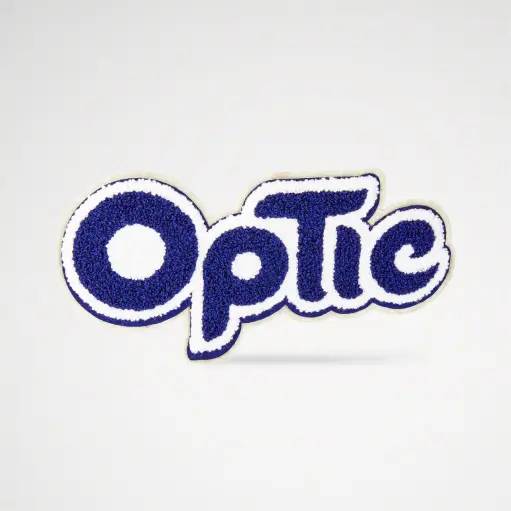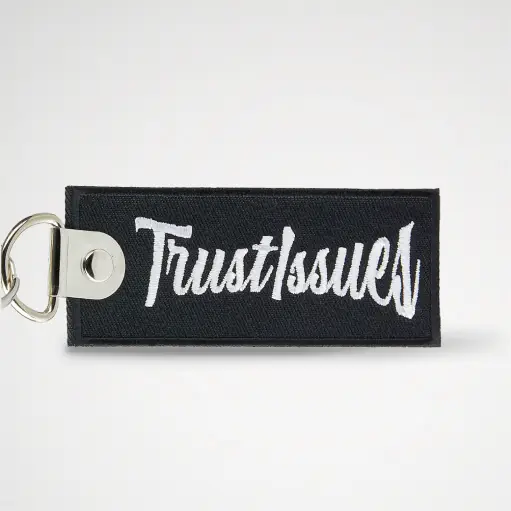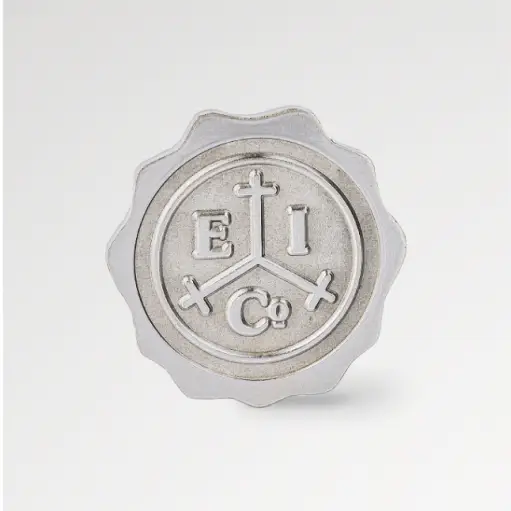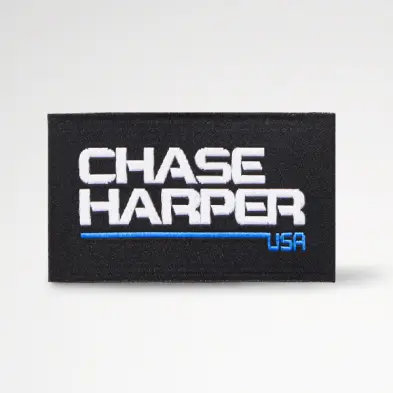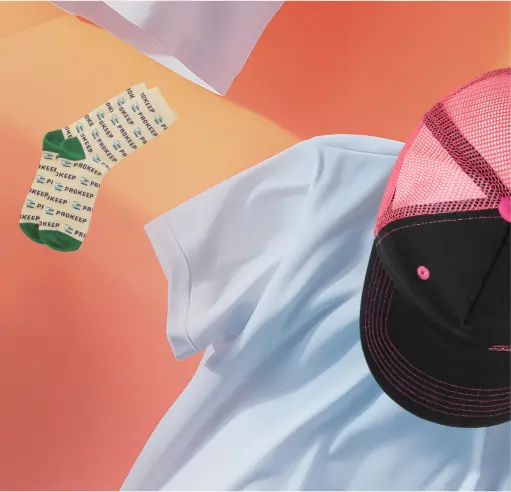The Challenges of Traditional Manufacturing Models
The traditional manufacturing model was a great solution for mass marketing items in the post-WWII economy. But consumers today expect brands to use advanced technology to meet their high-demand, instant-delivery requirements. Big retailers are upping the ante and making it easier than ever for consumers to get exactly what they want, when they want it, which means clothing brands and retailers have to meet these demands to grow and retain their customer base.
The traditional clothing supply chain model presents a variety of manufacturing challenges for today’s retailer, and on-demand manufacturing, or ODM, provides simple innovative solutions to many of them.
The Problem: A Single Process for All Orders
During the 19th century, creating a scalable and repeatable process with the assembly line is how many industries grew. To meet massive demand for everyday products from meat to vehicles, companies in the food, automotive, and clothing and textile industries have used this model since. The scalability of these operations was especially helpful during WWII, when the demand for government-issued machinery and uniforms skyrocketed.
Unfortunately, today’s consumer isn’t about keeping up with the Joneses anymore. Instead, today’s clothing consumer wants something unique that displays their personality and affiliations. For this reason, a single process creates a major manufacturing challenge: how to create unique products with a single assembly line. In short, it’s not possible.
The Solution: A Single Process for Every Order
With ODM, automated manufacturing challenges the traditional model by leveraging technology to use the best of the traditional model (the assembly line) without the high cost and long lead times of a single non-automated manufacturing process.
ODM allows retailers and brands of any size to create smaller batches of products that may have a shorter lifespan so companies can keep up with the changing whims of customers.
The Problem: One Manufacturer for Each Product
The traditional model often has a single manufacturer for each product, but this approach chafes under modern needs.
For patches, there’s one manufacturer, for apparel, another. And for hats and other accessories, there’s yet another. Each manufacturer has their own minimum order quantity, or MOQ. Running a business with a variety of products with exclusive and unique designs, while maintaining the ever-changing inventory consumers demand, means many products from many manufacturers in the traditional model. That boils down to a huge inventory of products that may not sell after the trend has shifted.
The Solution: One Supplier for Many Products
In the ODM model, traditional manufacturing challenges become obsolete because the supply chain model is completely different. Now, instead of using multiple traditional one-product manufacturers, retailers and brands can use a single on-demand manufacturer for many (or all) products. Because of automation and a cloud-based platform, ODM at once streamlines and consolidates the supply chain, making manufacturing accessible to anyone. With a single network of factories, retailers can get products for inventory from one supplier.
THE/STUDIO is an ODM with no MOQs, short turnaround times, and a system that allows full transparency in the supply chain. Using one manufacturer for every product, brands and retailers gain a competitive edge that allows them to create unique and timely products without the high risk of excessive inventory, high cost, and high lead times. Want to learn more? Contact us today.

